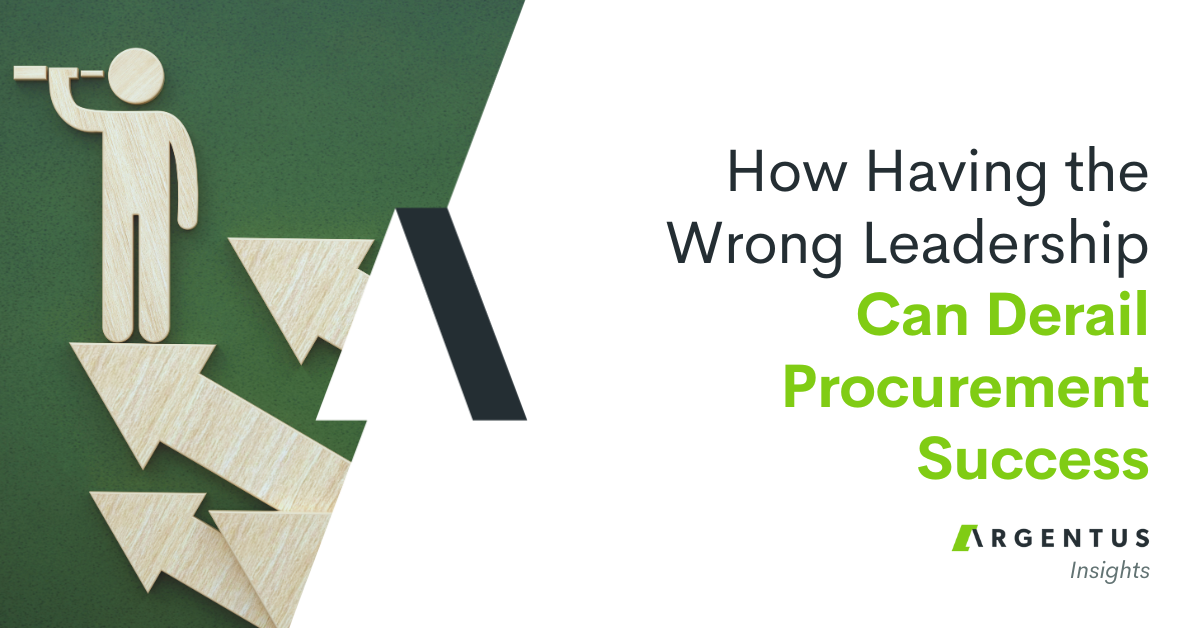Every year, Supply Chain professionals spring into action to move massive amounts of inventory for Black Friday, American Thanksgiving and the holidays. It’s going to look a little different this year. But what’s it going to look like, exactly?
As anyone in the field knows, the holiday season is the superbowl for Supply Chain Management. Retailers – from brick and mortar to eCommerce giants like Amazon, gear up to move massive amounts of product as shoppers buy gifts, food and other items for the holidays. Consumer goods companies ramp up production, aiming to thread the needle of forecasted demand with expected inventory – working to avoid shortfalls, while also straining to avoid having excess product on hand.
It’s a delicate dance for Supply Chain professionals everywhere, with a huge amount on the line: figure out how much product consumers will want to buy, produce or buy exactly that amount – or as close as possible to it – and move it. Do it all in a way that safeguards your brand with a delightful delivery experience for consumers. And, by the way, you’re on a deadline: the goods have to arrive before Christmas – or whatever holiday consumers are buying for.
Over the past few years, Black Friday, as well as the eCommerce-driven Cyber Monday, have emerged as the unofficial kickoff of the holiday season. In this massive battleground for retail sales, brands have engaged in an arms race to offer better and better deals, putting their Supply Chains through greater and greater stress tests. According to analysts, 30% of all annual retail sales occur between Black Friday and Christmas. In 2019, a staggering 93.2 million consumers made Black Friday purchases – which explains the massive importance that companies place on this time of the year. Companies that can predict the market, and execute, have a huge windfall to gain. Those that can’t, struggle.
But in 2020, nothing is predictable.
As we’ve written about extensively on the Argentus Blog, the COVID-19 pandemic has been an inflection point for the Supply Chain field. Organizations faced with extensive Supply Chain challenges and disruptions have been forced to adapt, and the wider world is more aware than ever of the immense mountains that Supply Chain professionals move every day. For maybe the first time, everyone knows at least the broad outlines of what Supply Chain Managers do. They might not understand the finer points of demand planning, or network design, or ERP systems, or sourcing or supplier relationship management. (Baby steps.)
But one thing is clear: if the Holiday Season is Supply Chain’s superbowl, a superbowl during a pandemic is like a superbowl during a snowstorm. And in this uncertain environment, Supply Chain organizations are facing a tougher task than ever this holiday season.
The New York Times recently posted an interesting article dubbing this phenomenon “Shipageddon” – the confluence of increased demand for eCommerce products due to people staying home during the pandemic, and the pressures of an already-busy holiday season.
Written to help consumers understand this year’s particular holiday Supply Chain situation, the article offers some advice to shoppers – order early, for one. But it also serves as a great overview for some of the biggest Supply Chain issues that companies are facing. In their words, “There’s always been a war to get stuff to your door. It’s just been one we usually ignore.”
Indeed.
Here are a few of the big takeaways from the Times’ analysis, as well as our own take on some of the biggest issues facing Supply Chains this holiday season:
Demand for at-home-delivery is likely to be at an all time high.
Parcel companies (e.g. UPS, FedEx) are expecting to be driven to capacity this holiday season. As a result, they’ve raised their fees. And as sometimes – unfairly – happens, if these companies have issues with last mile deliveries, consumers could blame the companies they’re ordering from, rather than the carriers. Some companies with brick and mortar locations and existing delivery networks are poised to benefit, because they won’t be relying on parcel companies that will likely be swamped – what one of the eCommerce experts the Times interviewed called an “escape valve.”
That being said, demand is unpredictable.
As we’ve written about, Demand Planning is still one of the biggest Supply Chain question marks in the COVID-19 era. Demand for certain products dramatically rose at the onset of the pandemic, and dramatically fell for others. In the past few months, we’ve seen resurgent demand in a lot of areas – but it’s still unpredictable.
Deloitte surveyed 4012 consumers about their planned shopping habits, and found that38% of shoppers plan to spend less money this holiday season, with overall spending set to decline 5% from 2019. That being said, with COVID-19 travel restrictions still in place, Deloitte’s retail practice leaders predicted that consumers will shift their travel spending to retail spending over the holidays.
So yes. It’s hard to predict. In any case, demand will certainly be high for certain products, and nailing just how much consumers are willing to spend during the holidays is a tough task.
Many companies are short on inventory.
As the Times notes, many retailers aren’t offering the same eye-popping Black Friday discounts, because inventory planning has been upended by the pandemic. In their recent article about how the savviest retailers will handle the 2020 holidays, industry publication SupplyChainBrain discussed how many companies have taken the time to pursue alternate supplier bases, shoring up regional and local suppliers where possible, and investing in new inventory management reporting and analytics systems to identify shortfalls and correct them before it’s too late.
Consumers are more likely to understand Supply Chain issues than ever, which is a double-edged sword.
More than ever, shoppers understand the complex machinations that bring goods to their doorstep – and how they’ve been upended by the pandemic. That means they might be less likely to punish brands who fail to impress – but also that they’re more likely to give extra credit to brands that do.
—
As with any Supply Chain issue this year, it’s tremendously complex, and this is just an intro – hopefully a basis to get the conversation started about what you’re seeing in your organization: are there any particular COVID-19-related issues affecting your Supply Chain this holiday season? What’s different, and what’s the same? Let us know in the comments!




0 Comments